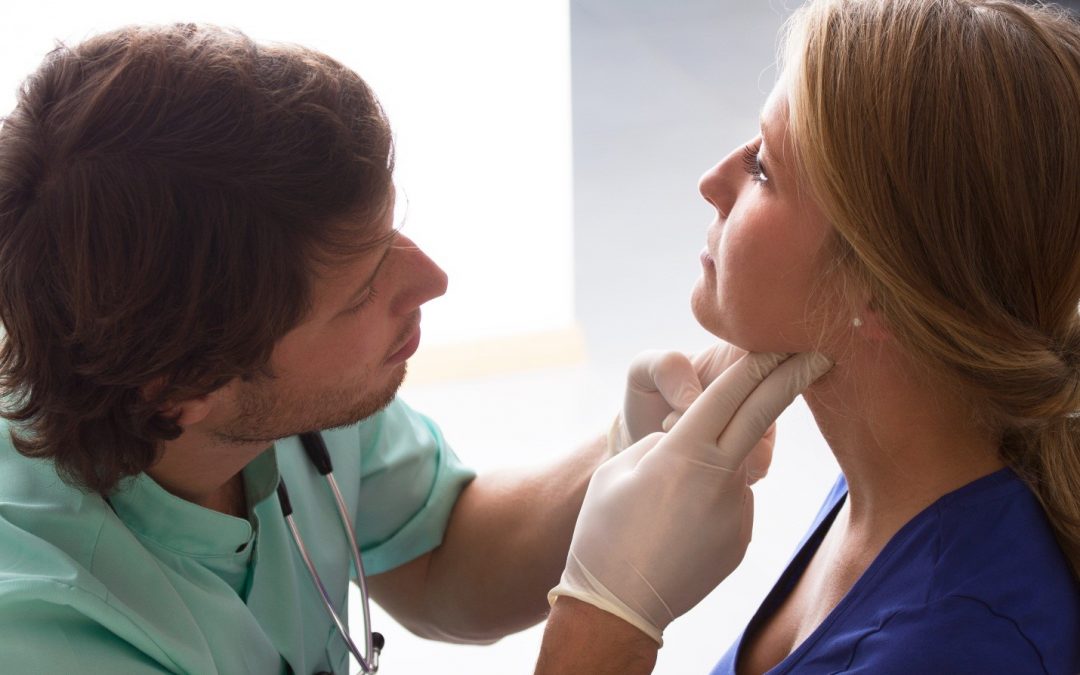Table of Contents
In most of the cases, torticollis in adults occurs when a patient wakes up with a painful stiff neck with sharp pain particularly when they try to tilt or turn their head on one side. If you had torticollis in adults, you might notice that your head is somehow tilted, turned and could even be shifted to just one side. For instance, you might have pain on the right side of your neck, so naturally, your head will be turned or tilted slightly towards the left side.
If this is the case, tilting or turning your head on the right side can cause sharp and extreme pain; looking up or rotation your head could also be painful. In this article, we will talk about the causes and treatments for those experiencing torticollis in adults. In the majority of the cases, torticollis in adults happens when a person wakes up with a stiff and painful neck and sharp pain when trying to turn or tilt towards one side. If you had torticollis in adults and looked at yourself in the mirror, you might even see that your head is slightly turned, tilted, or even shifted to one side.
For example, you might have pain on the right side of your neck and are tilted and turned slightly towards the left. In this case, turning or tilting your head right would cause excruciating sharp pain and looking up would be painful as well. In this article, we will talk about the causes and treatments for those experiencing torticollis in adults.
Causes of Torticollis in Adults
There are many of torticollis in adults that happen without a known cause but according to physicians, there are several factors that could be related to why it happens:
Sleeping with the window open
This usually happens during hot summer months. People usually sleep with their windows open so that air will circulate but then a couple of hours when the temperature drops the neck muscles tend to become stiff and cramp up which could lead to a change in the neck reflexes and make it hard for the muscles to become loose later on.
Sleeping in an awkward position
Whether you’re over – tired or may have partied and drank too much, you may experience your head or neck falling into a position during your sleep where you don’t move for several hours. The worst possible sleeping position is when people sleep on their tummies with their head turned in 90 degrees towards just one direction just so they can breathe. Some even have a shallow pillow or no pillow at all which can definitely cause the neck to become stiff. In the latter case, the neck will be tilted too sharply towards the bed. For instance, if the person sleeps on their left side with a shallow pillow then their joints on the left side will become jammed or freeze in that particular position. Meanwhile the soft tissues and muscles on the other side of the neck will be over – lengthened. However, it can also happen whenever a person sleeps on their back with too many pillows that can cause their neck to be overly flexed while they sleep at night.
An unusual activity the day before
In many cases, a person will say that they had done some sort of activity outside their normal routine the day before they woke up with a stiff neck. A common example is when people who are moving into their new homes, or whenever they do some gardening on that day; for some even just watching TV with their head turned in just one direction for a long period, or if they start a new exercise in the gym. Most of them don’t feel any issues the day of but when they wake up the next morning, they start to feel the pain.
What Happens When You Have Torticollis in Adults?
If you are experiencing torticollis in adults, then it only means that one or more small joints at the back of your neck which is known as facet joints become locked or jammed. The small supportive muscles of the neck are often controlled by the muscles with unconscious reflexes (you won’t know about this until you experience this condition). These reflexes contract and hold the joint in a protective manner to avoid further joint damage. There’s also a swelling reaction around the joint. When there’s a prolonged contraction and swelling causes the pain. However, there’s a catch, the joints won’t be able to normally move because the muscles are holding its position, and the muscles won’t loosen up because they feel that the joints are out of position.
Ibruprofen or acetaminophen and other over – the – counter drugs are usually prescribed since these can temporarily help the swelling and ease the pain. In severe cases, it doesn’t require any drastic type of treatments. An average case of torticollis in adults lasts for about 4 to 7 days. There are lots of people who take a few days off of work because it might be too painful for them to drive or do any kind of work. If this is the cases, X – rays are usually advised, but in non – serious cases, X – rays aren’t needed to diagnose torticollis in adults.
Conservative treatment for Torticollis in Adults
Physical therapy usually includes a technique called neuromuscular re-education wherein the proprioceptive neurofacilitation (P.N.F.) is used. After a therapist does a passive range of motion in the pain – free areas, they can then use other techniques that involve a gentle isometric contraction away or into the side of where the pain is occurring. The treatment usually reproduces the pain being felt because in effect it sort of reset the normal muscle reflexes just like how a computer needs to be rebooted when something goes wrong. Other helpful modalities may include ice, heat, ultrasound, electric muscle stim, and traction.
Chiropractic Treatment
All of the things aforementioned can certainly help address the spasm and muscular reflex side of the condition; however the deeper issue that occurs in the joint should be addressed. A chiropractor can help with it but it can be quite hard to receive any adjustment even if for the most part you’re already used to getting by a chiropractor on normal days unless of course the physiotherapy involves resetting muscle reflexes and range of motion first. If not then the tendency is that the muscles will fight the adjustment.
There are various physical therapists that initially perform various physiotherapies before pre – positioning the head in various positions in order to see which could be the most comfortable for muscle adjustment. If there’s no possible position where sharp pain is not eliminated then the therapist should either use an adjusting tool that has a light force which is also called an activator, or don’t adjust the person at that time. When a patient is able to handle an adjustment, he/ she could experience a sharp pain followed by a relax and instant feeling of relief in the muscles. Usually after more than three treatments, the joints will be well enough to make the muscles calm down on their own. The adult with torticollis will then be able to function more normally.






 I love to write medical education books. My books are written for everyone in an easy to read and understandable style.
I love to write medical education books. My books are written for everyone in an easy to read and understandable style.